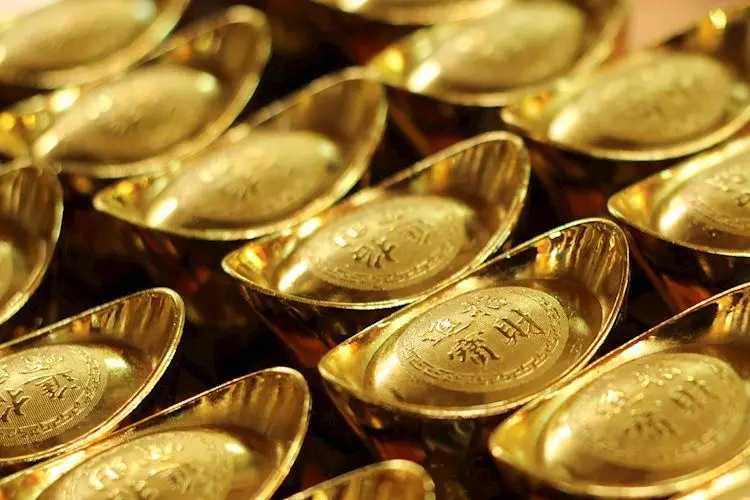On a notable Tuesday, gold prices in Saudi Arabia reflected an upward trend, with the per gram price increasing from 317.09 Saudi Riyals (SAR) on Monday to 318.09 SAR. Similarly, the price per tola (approximately 11.66 grams) shifted from 3,698.45 SAR to 3,710.13 SAR. This increment, though seemingly modest, underlines a broader phenomenon that investors and consumers alike monitor closely.
The data from FXStreet reveals that these prices are not arbitrary; they are intricately linked to the international market dynamics, specifically the relationship between the US Dollar and the Saudi Riyal. The ongoing updates based on real-time market rates provide much-needed clarity to potential investors, though these figures serve mainly as reference points, occasionally diverging from local market conditions.
Gold has maintained a significant presence in human history not just as a luxurious adornment but as a critical instrument of economic stability. The allure of gold transcends its physical beauty; it serves as a trusted store of value, an efficient medium of exchange, and, more recently, as a safe-haven asset. In a world rife with political unrest and economic uncertainty, many individuals and institutional investors rally towards gold, viewing it as a safeguard against instabilities.
What sets gold apart from other assets is its inherent nature: it operates independently of any specific government or fiscal authority. This quality makes it an attractive tool for those seeking refuge from inflation or currency depreciation. Central banks exemplify this diversification strategy, often swelling their gold reserves during periods of market turbulence. This activity not only enhances the perceived strength of their national currencies but also elevates trust in their overall economic stability.
Highlighting this trend, the World Gold Council provides compelling evidence that central banks acquired a staggering 1,136 tonnes of gold in 2022, translating to an investment of around $70 billion. This event marked the highest annual gold purchase on record, revealing a strong trend among emerging economies such as China, India, and Turkey to bolster their gold reserves. The logic behind this rush is straightforward; gold fortifies a nation’s financial bedrock during times of economic uncertainty.
As gold purchases rise among central banks, the implications for the market become noteworthy. Many investors are likely to perceive augmented holdings as indicative of a looming economic challenge, further inflating gold’s reputable status as a safe-haven asset. Thus, the trends in gold prices are not only critical for immediate financial decisions but also inform strategies for long-term asset allocation.
Several metrics govern the dynamics of gold prices, primarily influenced by broader economic indicators. The metal’s historical inverse relationship with the US Dollar emphasizes its volatility; a squandering dollar typically sees gold prices surge as investors seek out the stability gold provides. Conversely, when the stock market thrives and yields rise, gold prices can falter, suggesting a complex duality of assets that respond uniquely to market fluctuations.
Moreover, external factors such as geopolitical instability, deep recessions, or even central banks’ interest rate strategies play an integral role in shaping gold prices. Investors often look to gold during turbulent times of crisis, thus elevating its market value. Furthermore, as a yield-less asset, preferences are likely to fall or rise in response to prevailing interest rate trends—lower interest rates often help gold prices climb.
As we observe gold prices ascending in Saudi Arabia and beyond, it becomes increasingly apparent that this correlation to economic health cannot be overlooked. For investors, the current landscape presents both a challenge and an opportunity to navigate the undulating tides of market forces. A comprehensive understanding of the relationship between gold, currency movements, and economic indicators will be paramount in crafting successful investment strategies in this complex environment. As market conditions continue to morph, gold firmly remains a vital component of financial stability and a pivotal asset in safeguarding wealth.


Leave a Reply